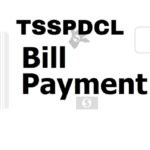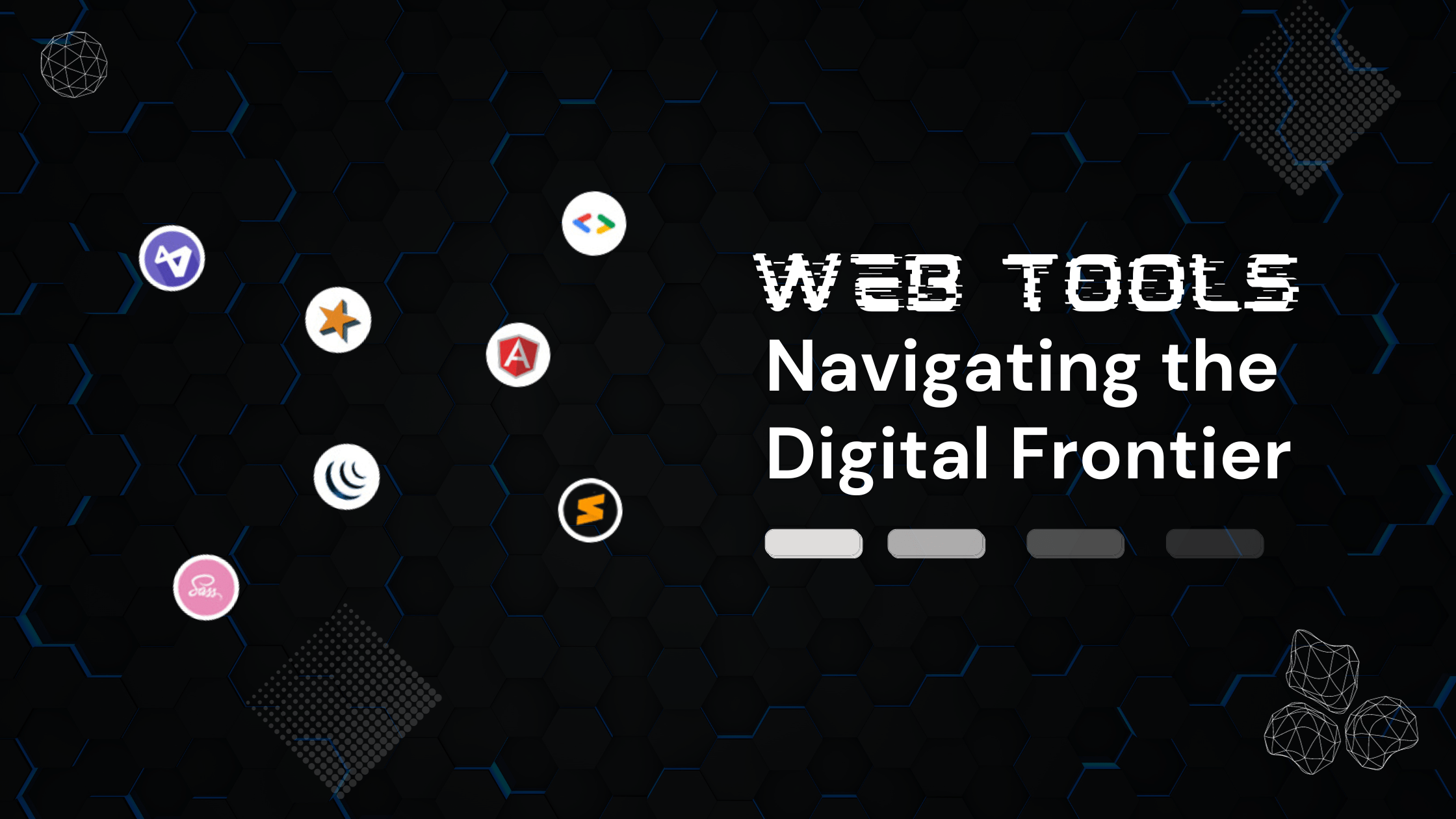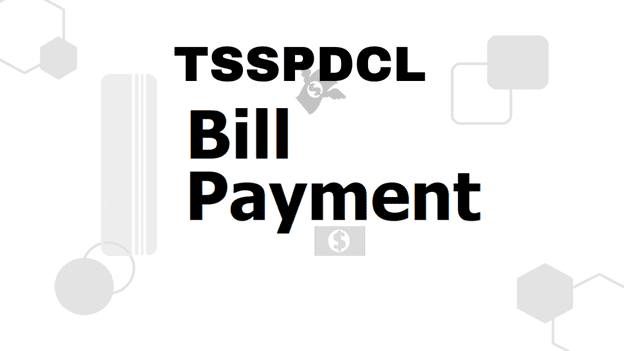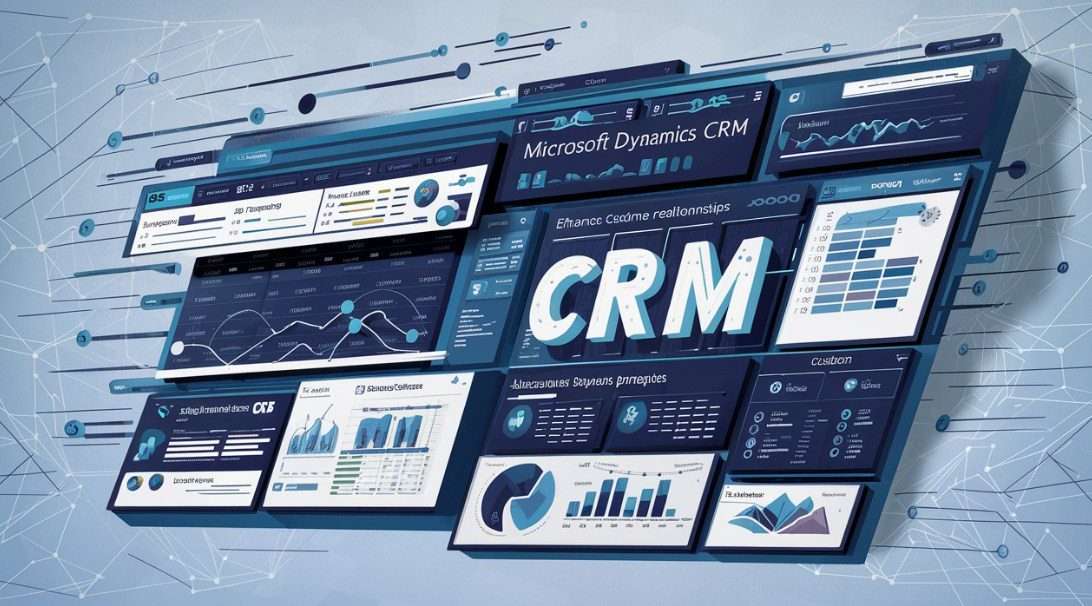In the ever-evolving world of web development, staying updated with the latest tools and technologies is not just an advantage—it’s a necessity. As we navigate through 2023, a plethora of tools have emerged, promising to make the life of a developer easier and more efficient. In this article, we’ll delve into the top web development tools that have taken the industry by storm this year.
Bootstrap
Bootstrap streamlines the web design process. It’s a toolkit packed with ready-to-use components, ensuring that websites are mobile-responsive from the get-go. With Bootstrap, developers can bypass the repetitive groundwork and focus on unique design elements, ensuring consistency and speed in web projects.
Node.js
Node.js expands the horizons of JavaScript. Traditionally confined to the browser, JavaScript, with Node.js, now powers backend processes. This unification of front-end and back-end development under a single language streamlines development, making web applications faster to build and easier to maintain.
React
React is a product of Facebook’s ingenuity, designed to tackle complex user interfaces with ease. At its core, React promotes the creation of reusable UI components. Its distinctive feature, the virtual DOM, ensures efficient updates and rendering, minimizing the load on browsers and enhancing user experience.
Visual Studio Code
Visual Studio Code (VS Code) is a free, open-source, and powerful editor that’s highly customizable. It supports a range of programming languages, has a robust ecosystem of extensions, and is known for features like debugging, intelligent code completion, snippets, and code refactoring which enhance the coding experience.
GitHub
GitHub is a web-based platform used for version control using Git. It is a hub for collaborative work on code projects, allowing multiple developers to share, discuss, and version control their code. It’s crucial for managing and storing revisions of projects, making it easier to track changes and work together.
Next.js 12
Next.js is a React-based framework that enables functionality such as server-side rendering and generating static websites for React-based web applications. The latest version, Next.js 12, brings faster builds and improved performance, making it a preferred choice for developing React applications.
Tailwind CSS v3
Tailwind CSS is a utility-first CSS framework that allows developers to build custom designs quickly by applying utility classes directly to HTML elements. The latest version provides more customization options and a more intuitive API, making it easier to create responsive and maintainable designs.
Deno 2.0
Deno is a secure runtime for JavaScript and TypeScript, aiming to address the shortcomings of Node.js. It comes with a robust standard library and built-in tools, reducing the need for external dependencies, and its latest version has become more developer-friendly.
Esbuild
Esbuild is a lightning-fast JavaScript bundler and minifier which drastically reduces the build times, improving the overall developer experience. Its speed in bundling and compiling JavaScript and other assets makes it a standout tool in modern web development.
Playwright
Playwright is a Microsoft-powered tool for browser automation. It allows developers to write tests that automatically navigate through web pages, perform actions, and assert the correctness of web applications, ensuring that they work as expected across all browsers.
These tools, each with its unique features and capabilities, contribute significantly to simplifying the web development process, enhancing collaboration, and ensuring the production of high-quality, optimized web applications.
Artificial Intelligence In Web Development
AI-driven tools are revolutionizing the web development landscape by automating tasks, enhancing user experience, and offering predictive insights. Here are three AI web development tools that are making significant strides in the industry:
1. Wix ADI (Artificial Design Intelligence)
Wix ADI is designed to create websites automatically by learning from the user’s inputs. It’s a part of the Wix website builder platform.
Key Features:
- Customized Website Creation: Based on user answers to a few questions, Wix ADI designs a tailored website.
- Content Import: It can pull content from an existing website or social media profile.
- Adjustable Design: Users can tweak the design, layout, and content after the initial creation.
Benefits:
- Rapid Development: Reduces the time taken to design a website from scratch.
- Personalization: Offers design choices that align with the user’s brand or preference.
- No Coding Required: Ideal for non-developers looking to establish an online presence.
2. Grid
Grid uses artificial intelligence to design websites based on the content provided. It aims to remove the need for manual design and layout choices.
Key Features:
- Design Automation: Automatically chooses layouts, colours, and fonts based on the content.
- Responsive Designs: Creates websites that are optimized for both desktop and mobile viewing.
- Content First: Design the website around the content, ensuring it’s the focal point.
Benefits:
- Consistency: Provides a consistent design across different devices and screen sizes.
- Time-saving: Eliminates the need for back-and-forth with designers.
- Adaptive: Continuously learns and adapts to the latest web design trends.
3. Uizard
Uizard is an AI-driven tool that transforms hand-drawn sketches into interactive digital prototypes and front-end code.
Key Features:
- Sketch Conversion: Instantly turns hand-drawn designs into digital assets.
- Auto Theme Suggestion: Proposes color themes based on input images.
- Code Generation: Converts designs directly into usable front-end code.
- Interactive Prototyping: Enables the creation of dynamic web and mobile prototypes without coding.
Benefits:
- Quick Design Process: Accelerates the initial design phase, bridging the gap between the idea and the digital prototype.
- Seamless Transition: Minimizes the back-and-forth between design and development stages.
- Enhanced Collaboration: Facilitates team feedback and iteration.
Conclusion
In the vast landscape of web development, the tools we choose can make all the difference. From frameworks that streamline the creation of responsive designs to platforms that foster collaboration, the right toolkit can elevate our work, making it more efficient, collaborative, and innovative. As the digital world continues to evolve, staying updated with the latest tools is not just beneficial—it’s essential. Whether you’re a seasoned developer, a budding coder, or even a web design agency in Kolkata, embracing these tools can be a game-changer. It ensures that you’re always at the forefront of web development excellence, catering to the dynamic needs of the digital realm.










